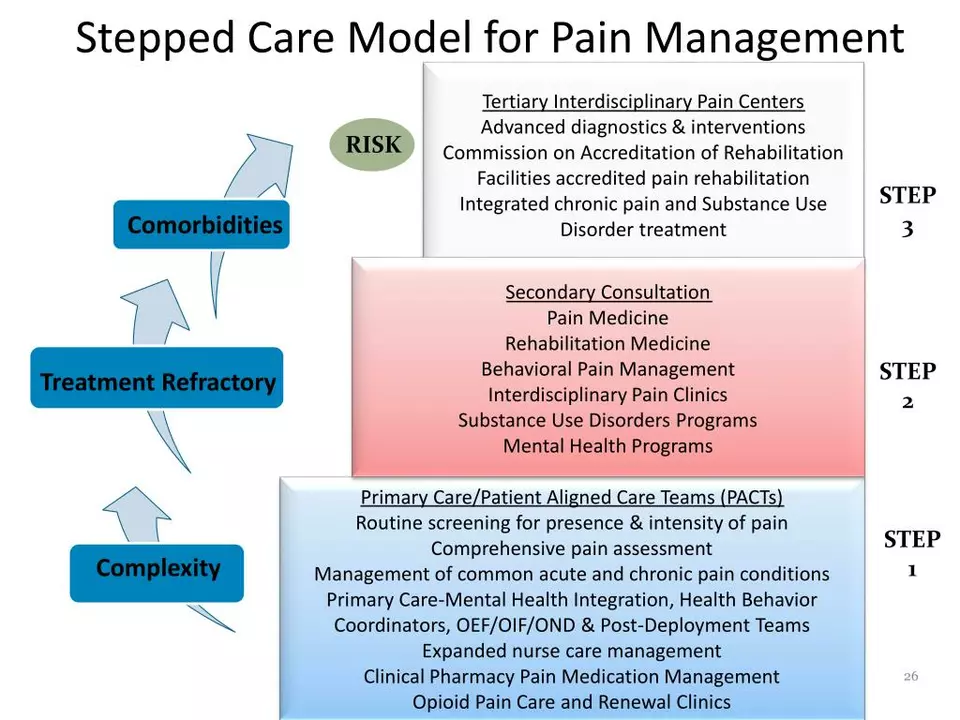Analgesic Guide: Find the Right Pain Relief for You
If you’ve ever grabbed a bottle of ibuprofen or asked a doctor for stronger help, you’re already dealing with analgesics. In plain terms, an analgesic is any drug that eases pain without causing loss of feeling. They range from cheap over‑the‑counter tablets to prescription pills doctors reserve for serious conditions.
Types of Analgesics and When to Use Them
Non‑prescription (OTC) options: Acetaminophen, ibuprofen, naproxen, and aspirin fall into this group. They’re great for headaches, mild muscle aches, or occasional joint pain. If you can’t stomach an NSAID because of stomach issues, acetaminophen is the safer bet.
Prescription analgesics: These include stronger NSAIDs like diclofenac, opioid meds such as hydrocodone, and corticosteroids like prednisone that cut inflammation. Doctors typically prescribe them for post‑surgery pain, severe injuries, or chronic conditions when OTC drugs aren’t enough.
Cough‑related or nerve pain: Some analgesics double up as cough suppressants (e.g., codeine) or target nerve pain (gabapentin). Knowing the exact cause of your pain helps you pick the right class.
How to Choose Safely and Buy Smartly
First, read the label. Look for dosage instructions, age limits, and warnings about interactions with alcohol or other meds. If you already take blood thinners, avoid NSAIDs unless a doctor says it’s okay.
Second, compare prices. Online pharmacies often list cheaper options, but make sure they’re licensed. Check the pharmacy’s verification badge, read customer reviews, and never give out your credit card on a site that looks sketchy.
Third, consider timing. Take NSAIDs with food to protect your stomach lining; acetaminophen works best on an empty stomach if you need fast relief. For chronic pain, keep a log of when you take the drug and how well it works – this helps your doctor fine‑tune the plan.
Finally, know the red flags: sudden dizziness, ringing in ears, or swelling at the injection site mean you should stop and call a professional. Most side effects are mild, but catching them early prevents bigger problems.
Bottom line: analgesics can be simple fixes or part of a larger treatment plan. By understanding the type you need, checking safety info, and buying from reputable sources, you’ll get relief without unnecessary risk.
Butylscopolamine and its potential role in cancer pain management
I recently came across some fascinating research on butylscopolamine and its potential role in cancer pain management. Butylscopolamine, also known as hyoscine butylbromide, is a medication usually prescribed for gastrointestinal issues, but studies show that it may also help alleviate pain in cancer patients. This drug works by relaxing muscle spasms, which can provide relief from pain associated with tumors pressing on organs or nerves. It's important to note that while butylscopolamine may not completely eliminate cancer pain, it could potentially improve the quality of life for those suffering. As a blogger, I'm always intrigued by new developments in pain management, and I'm eager to see how this research progresses in the coming years.






